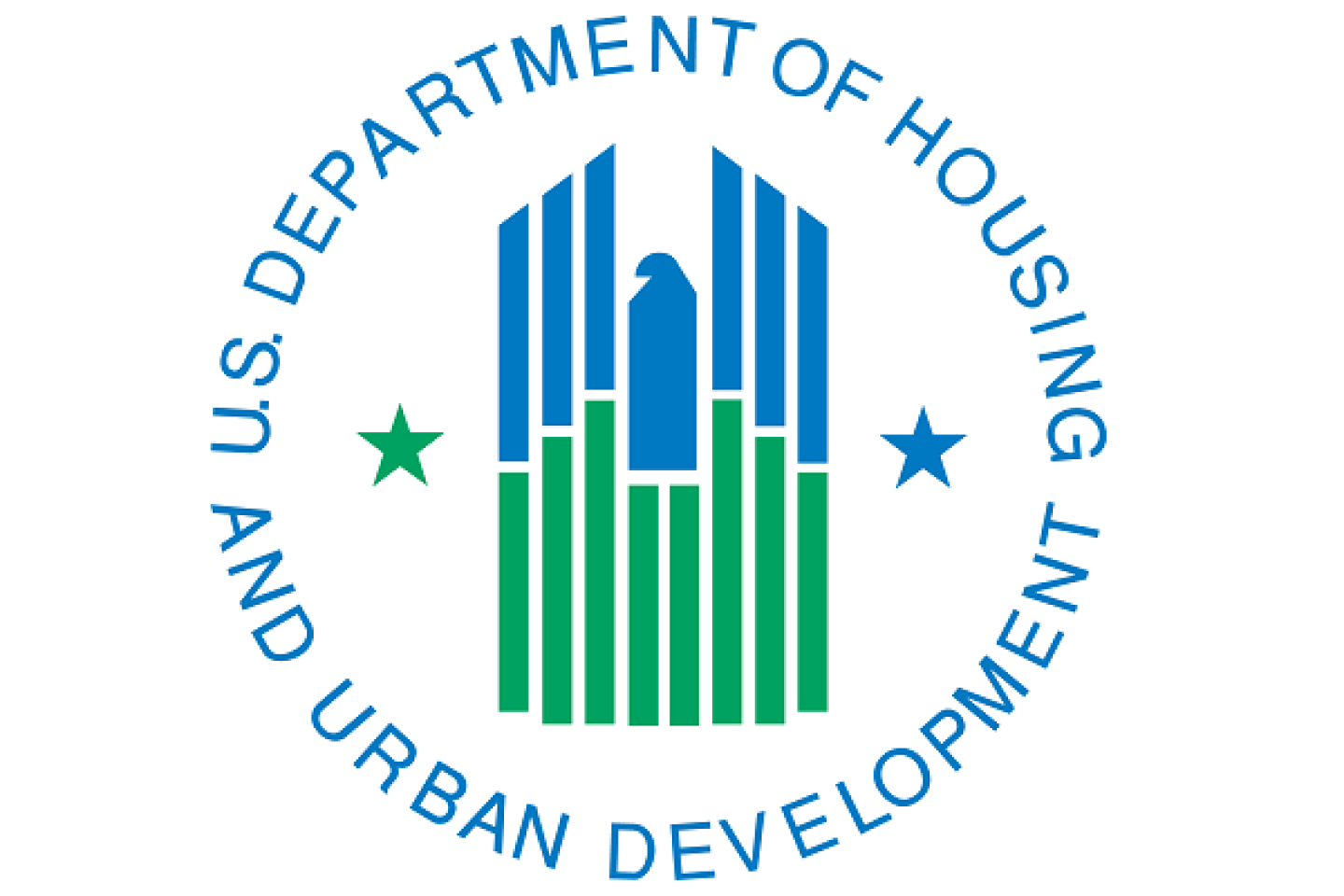87% Leased or Issued: The Unprecedented Progress of Emergency Housing Vouchers
The American Rescue Plan's $5 billion investment in emergency housing vouchers (EHVs) is helping tens of thousands of people escape homelessness.
The program is leasing at a rate faster than any previous HUD housing voucher program and is driving unprecedented collaboration between public housing agencies (PHAs), homeless services organizations, and victim services organizations.
In the last year, EHVs have helped more than 26,000 households secure permanent housing, and nearly 35,000 are searching for a unit or completing the leasing process. 87% of EHVs have been either leased or issued , and on average, the time between an EHV being issued to leasing a home is 77 days.
President Biden signed the American Rescue Plan in March 2021, awarding 70,000 EHVs to nearly 700 PHAs for people experiencing or at risk of homelessness; people fleeing, or attempting to flee, domestic violence, dating violence, sexual assault, stalking, or human trafficking; and people who were recently homeless or who have a high risk of housing instability. In September 2021, HUD and USICH launched House America to help state, local, and tribal leaders make the most of EHVs and other federal funding. To date, 100 communities have joined House America.
The EHV program is the first-ever special purpose voucher program within HUD to address overall homelessness and not specifically veteran homelessness. It “provides communities new flexibilities and resources [... that include] robust administrative funding and a new service fee that allows program administrators to pay for costs necessary to help families find and retain housing,” HUD stated in a new fact sheet. “PHAs can also use service fees for landlords incentives, tenants’ security and utility deposits, housing search assistance, and even for furniture and household goods, which are often a forgotten expense for families who are directly transitioning from homelessness.”
Through the EHV program, HUD is taking aggressive actions to address homelessness by:
- Improving voucher issuances and utilization
- Creatively using service fees
- Providing direct support and landlord engagement
- Advancing best practices and engaging people with lived experience
- Ensuring transparency and accountability
For more on how HUD is taking these actions, read the full fact sheet.
Want more news like this? Subscribe to the USICH newsletter.



